Cocteau Museum
Selected in 2008 as the winning design in a competition launched by the town of Menton in 2007, Cocteau Museum was designed by Rudy Ricciotti, the 2006 winner of France’s Grand Prix National d’Architecture. The building covers a total area of 2,700 m² able to house all of the works donated by businessman and art collector Severin Wunderman.
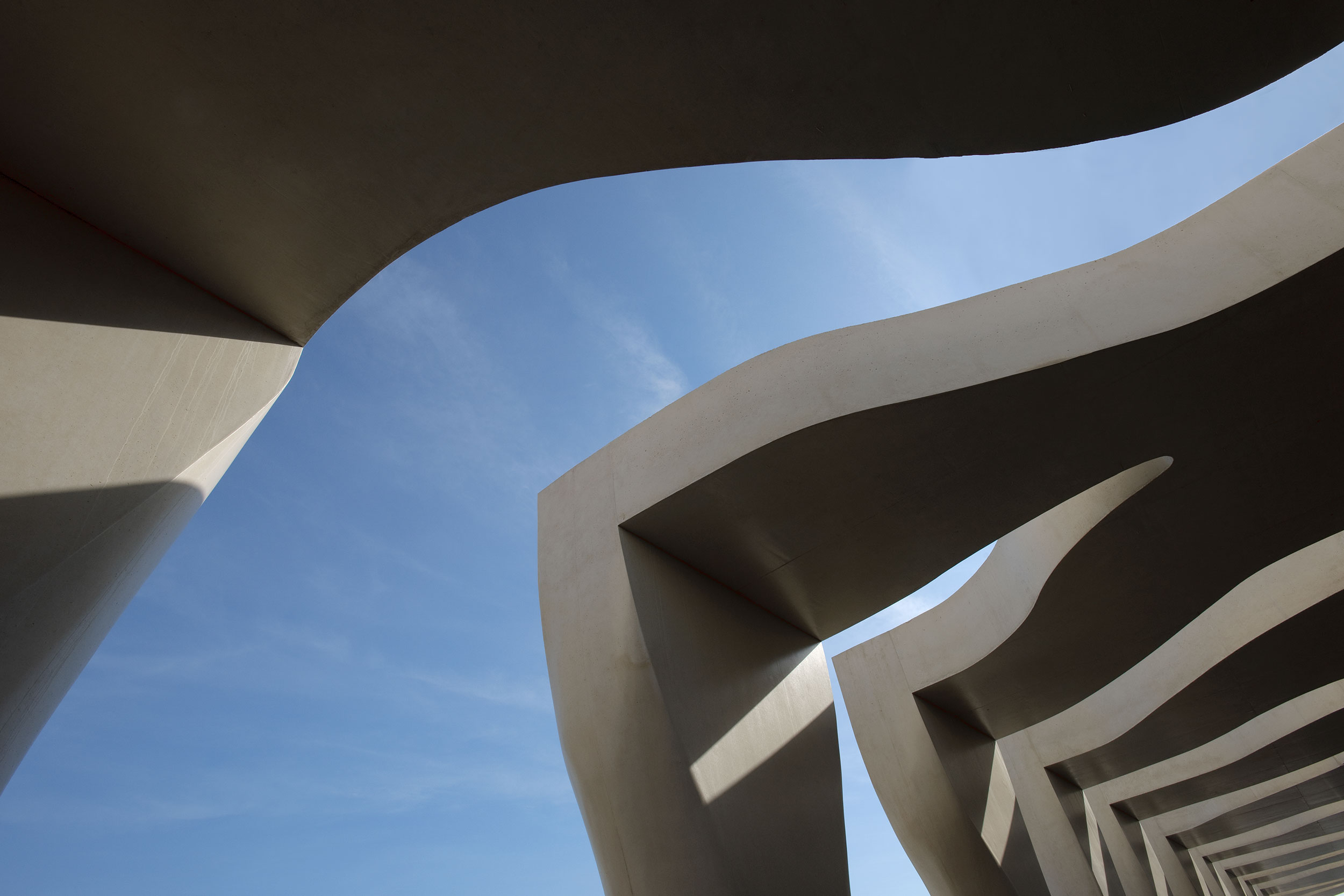
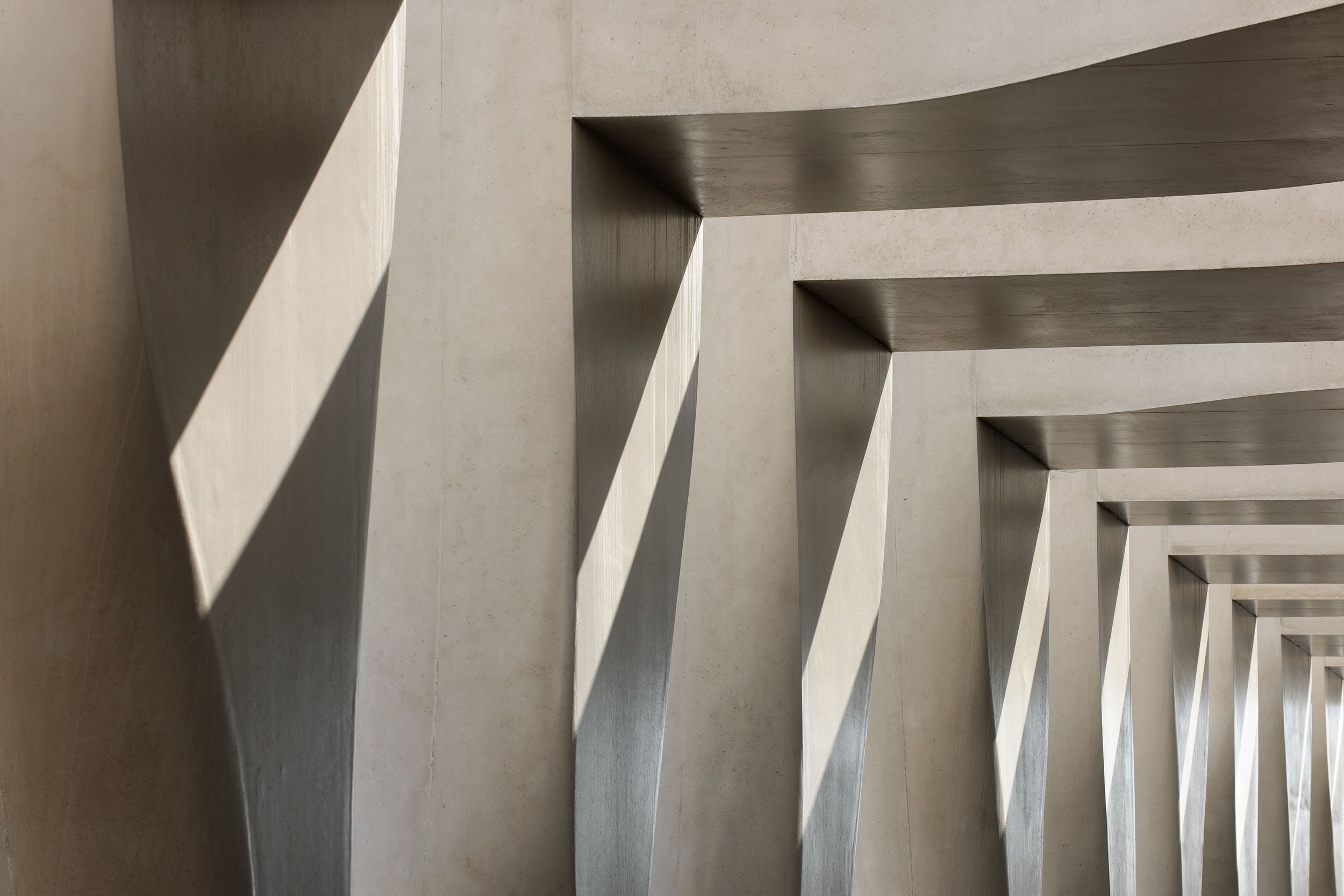
“The truth is too stark to be of any interest to man.” (Jean Cocteau)
The building must allow itself to be discovered. Shouldn’t it retain a bit of its mystery? The mystery of the project’s articulation between conception and production, of its static elements? The museum accepts its own image, its transparency rouses the viewer’s curiosity, drawing in through what it reveals.
It thus calls to mind the passage between the worlds of the living and the dead, a theme often returned to by the artist.
It also conveys the notion of a labyrinth, recalling the complexity of Cocteau as well as the breadth and variety of his creative vision. We are in his universe.
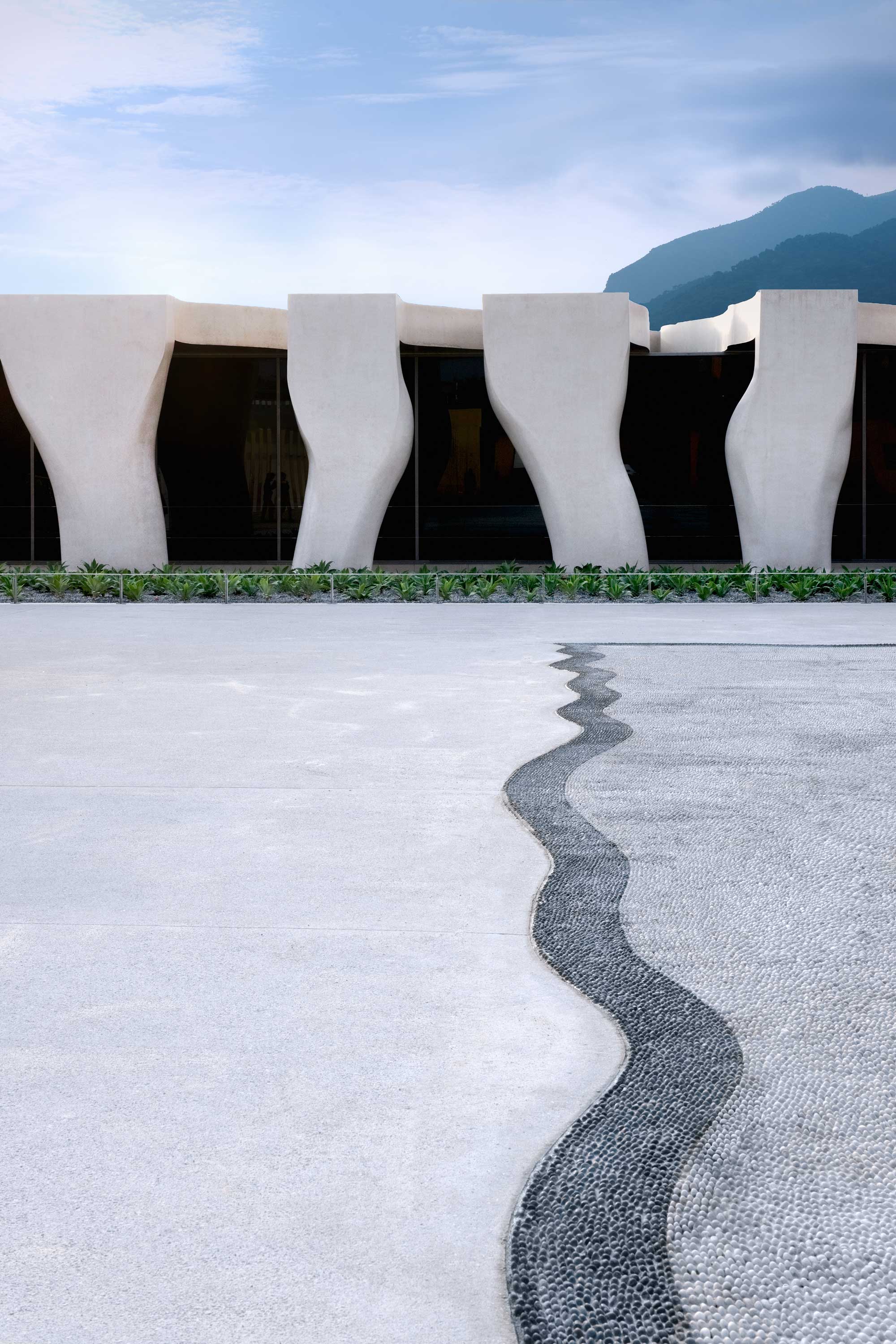
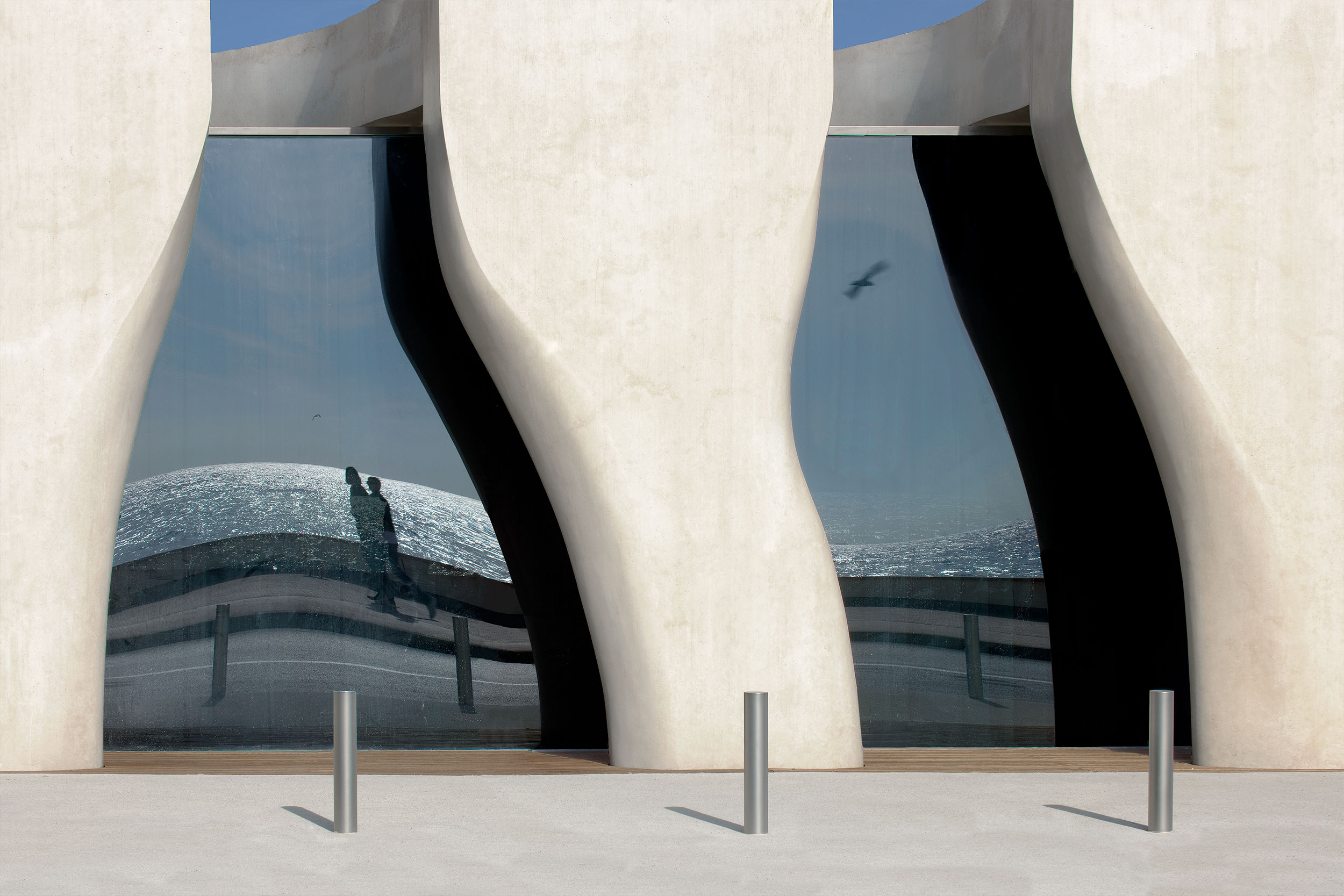
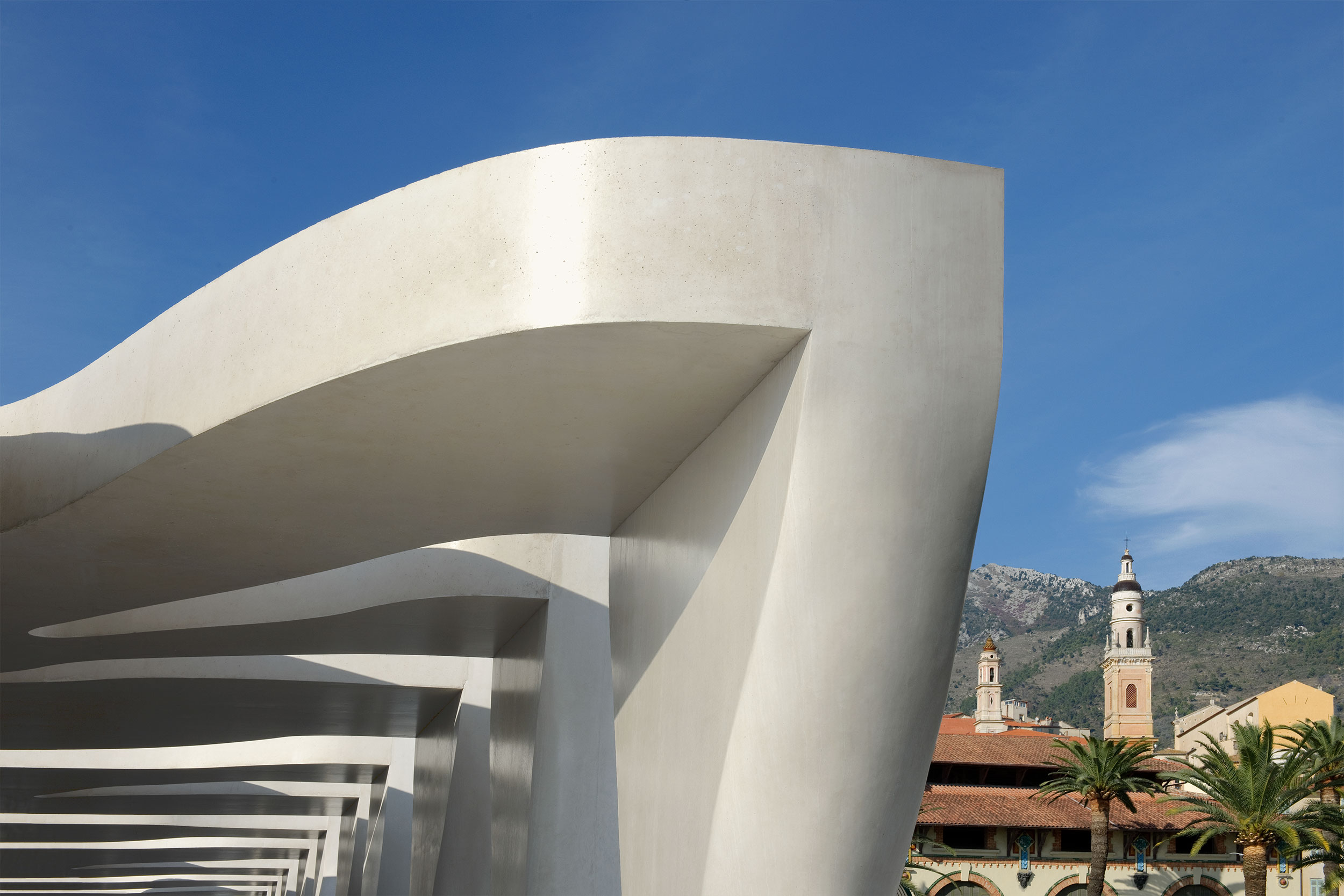
For this museum, we needed to create an atmosphere conveying the full force of the diametrical oppositions between light and dark, this play of shadows thus provoking “the emotion inspiring us to see, believe, think and dream,” in the words of Henri Alekan, cinematographer for La Belle et la Bête, who added, “I will record what I see on the roll of film as if I were writing in ink.” Alekan honours the poetic vision of Cocteau, who often juxtaposed light and dark in his films, with surfaces and depths set against each other, fully conscious of the psychological role of light and shadow for feeling and knowledge.
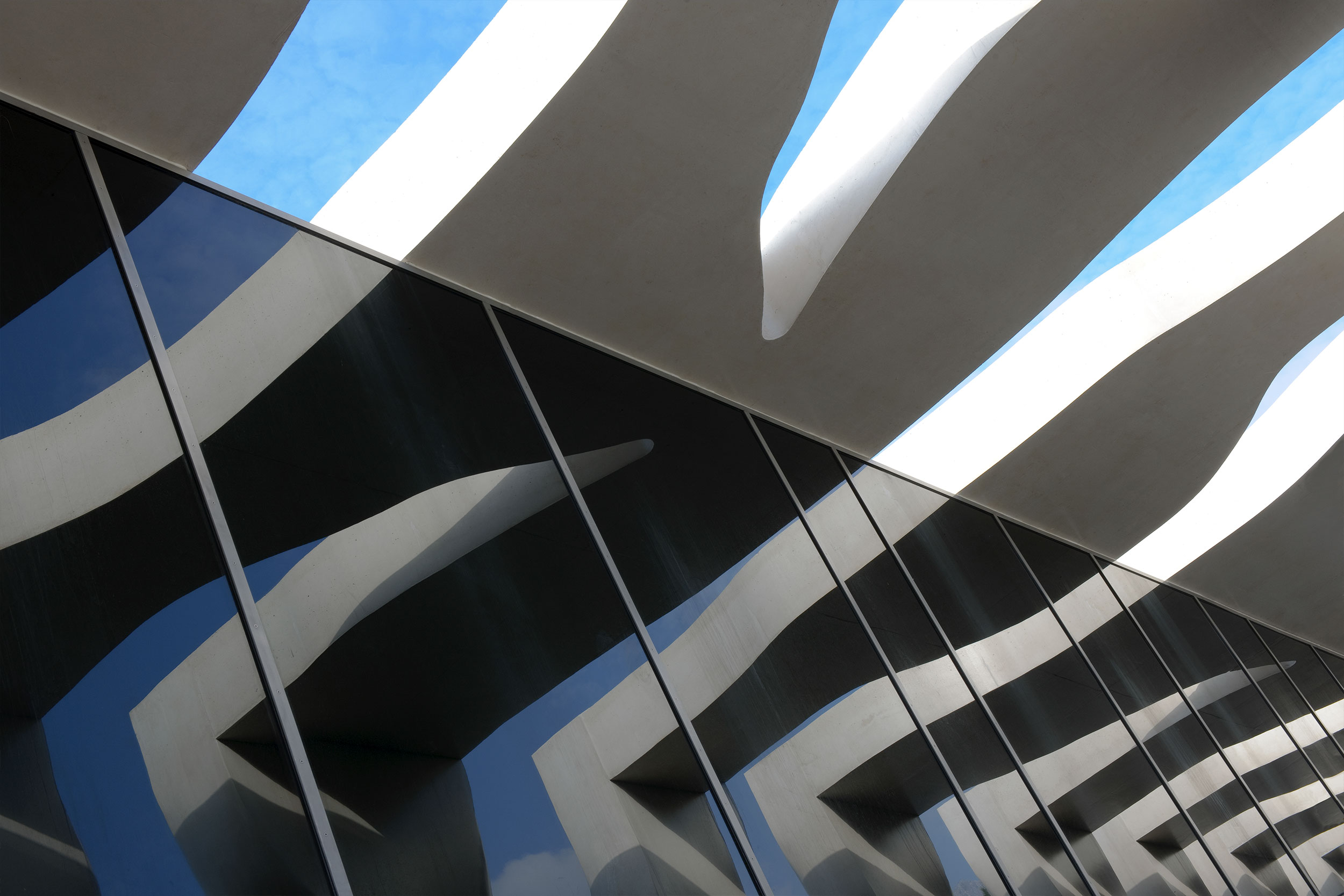
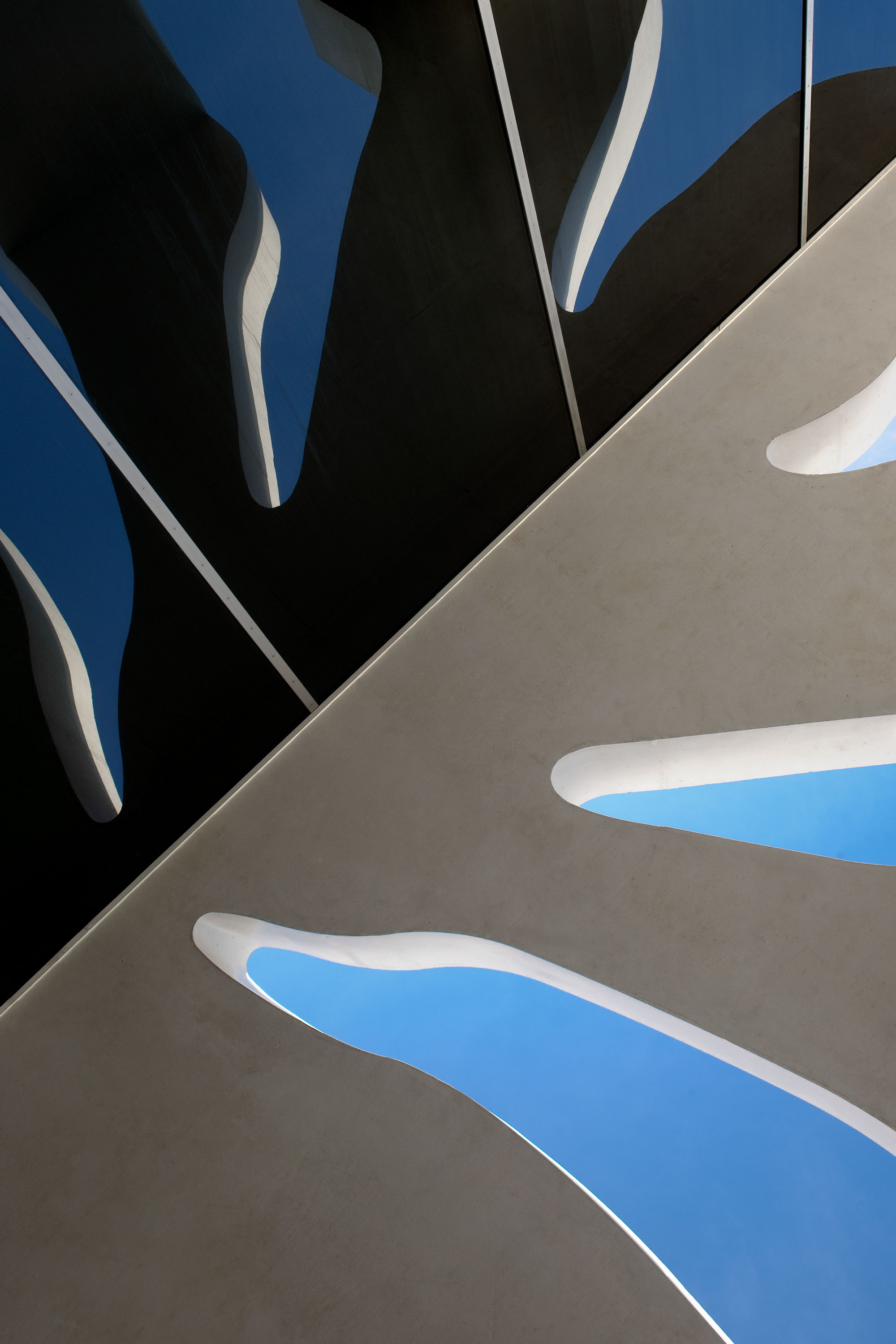
The choice of this architectural construct for this project, and especially its black-and-white aesthetic, was unavoidable. The realm of dreams and mystery, the starkness of contrasts and the interweaving of shadows ultimately reflect the contradictions in Cocteau’s life and work. Black and white no longer serve as colours here. Rather, they create an interplay of structural forces calling to mind both the artist’s works on paper and the poet’s personality, his zones of light and darkness, his enigmatic self-mythology fuelled by contrasts.
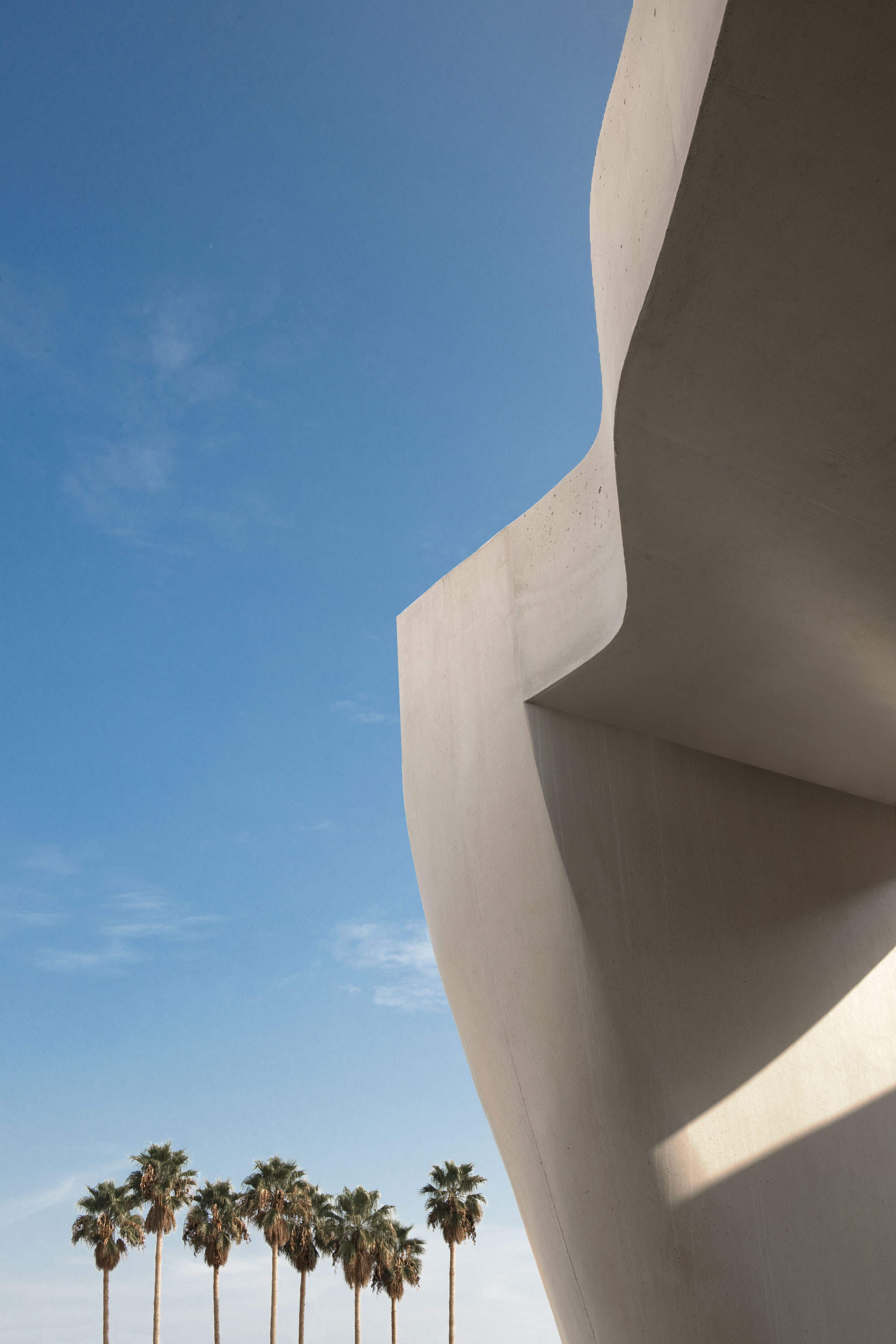

Words: Bernard Touillon
Discover more at